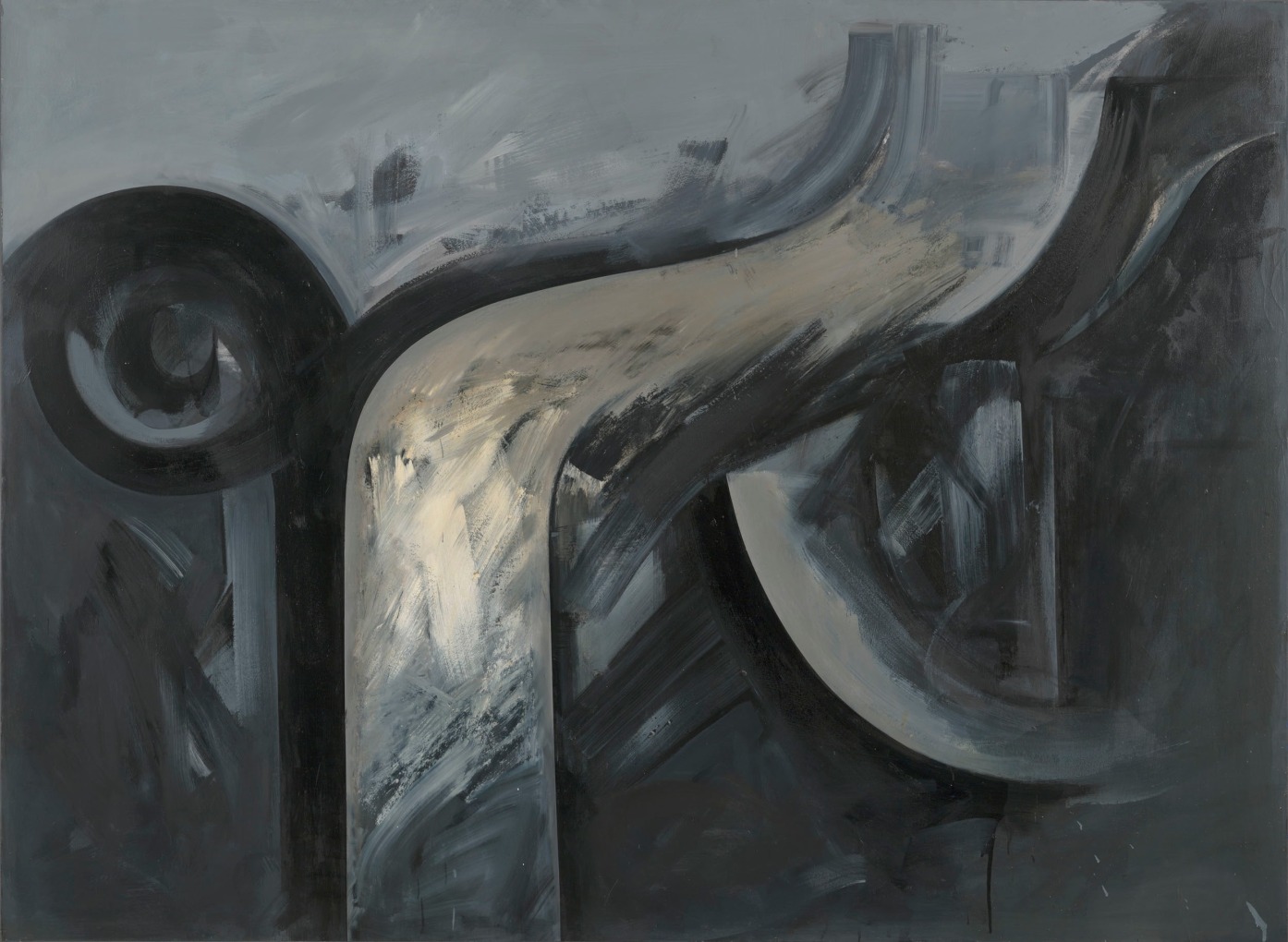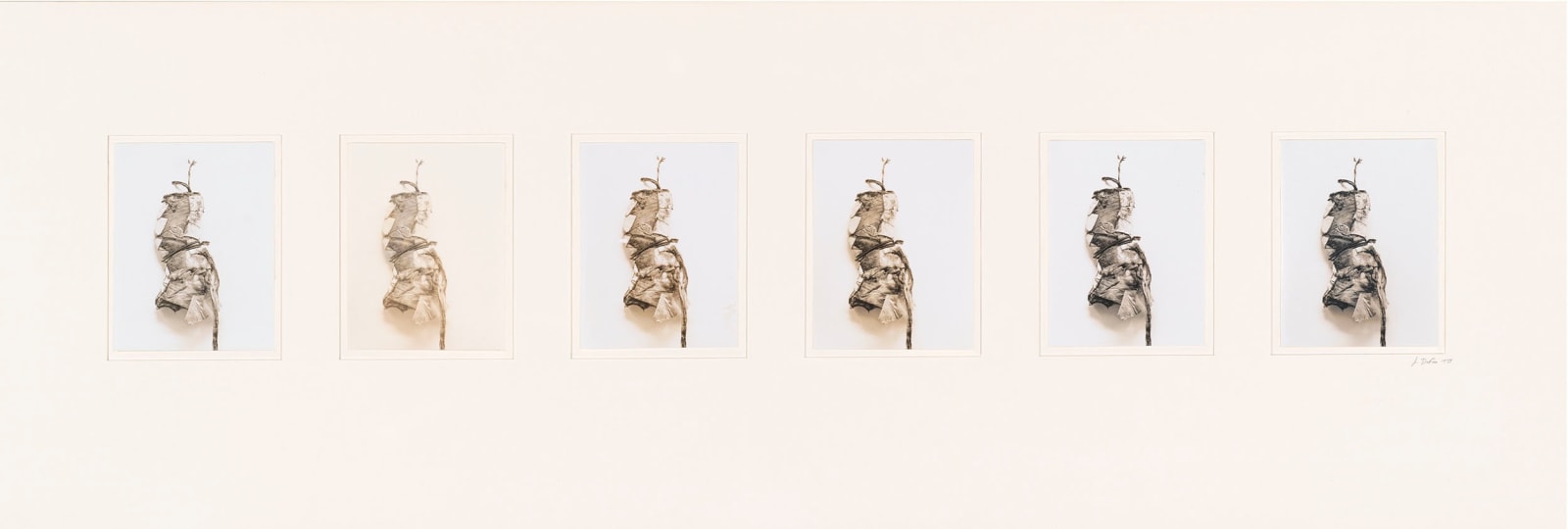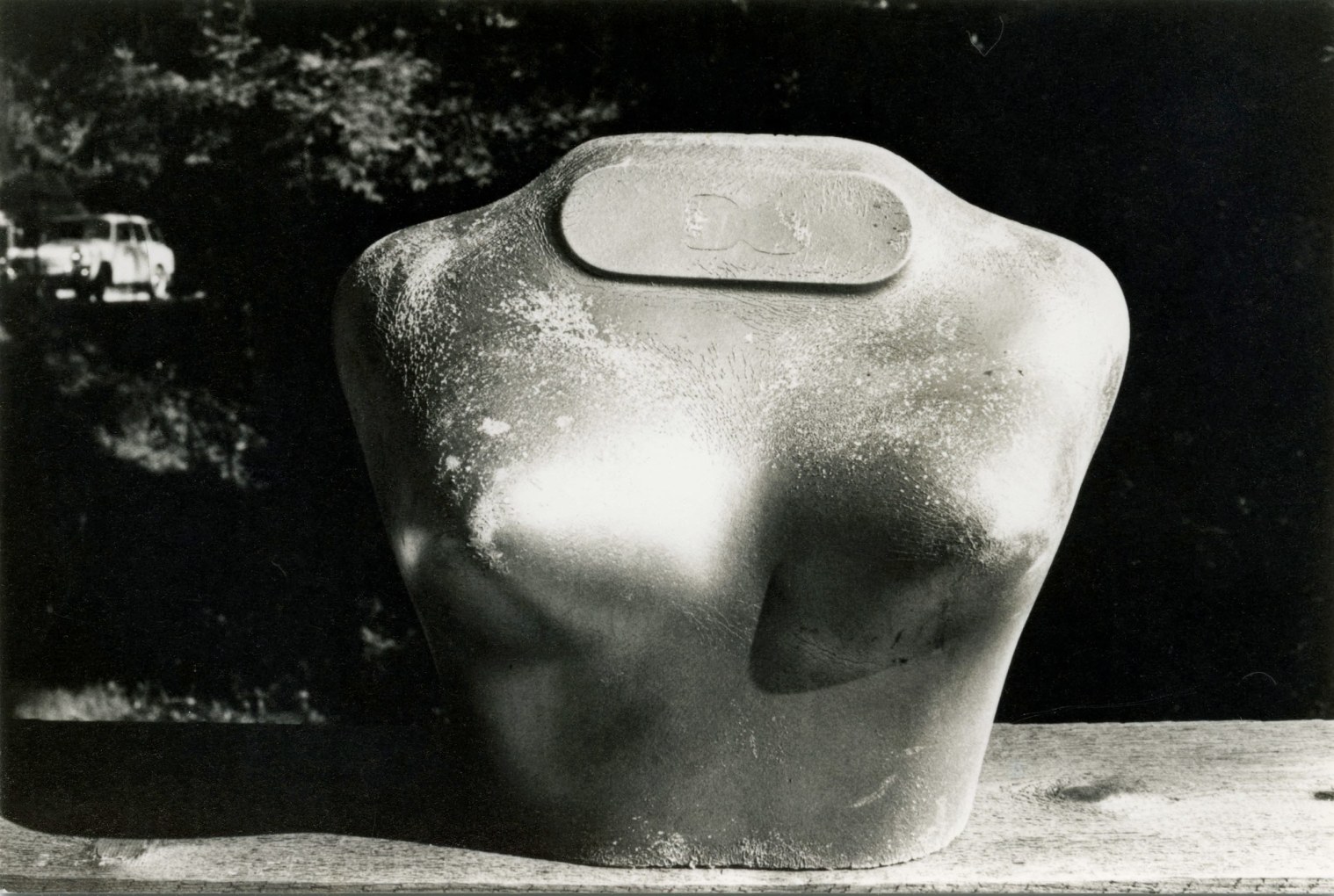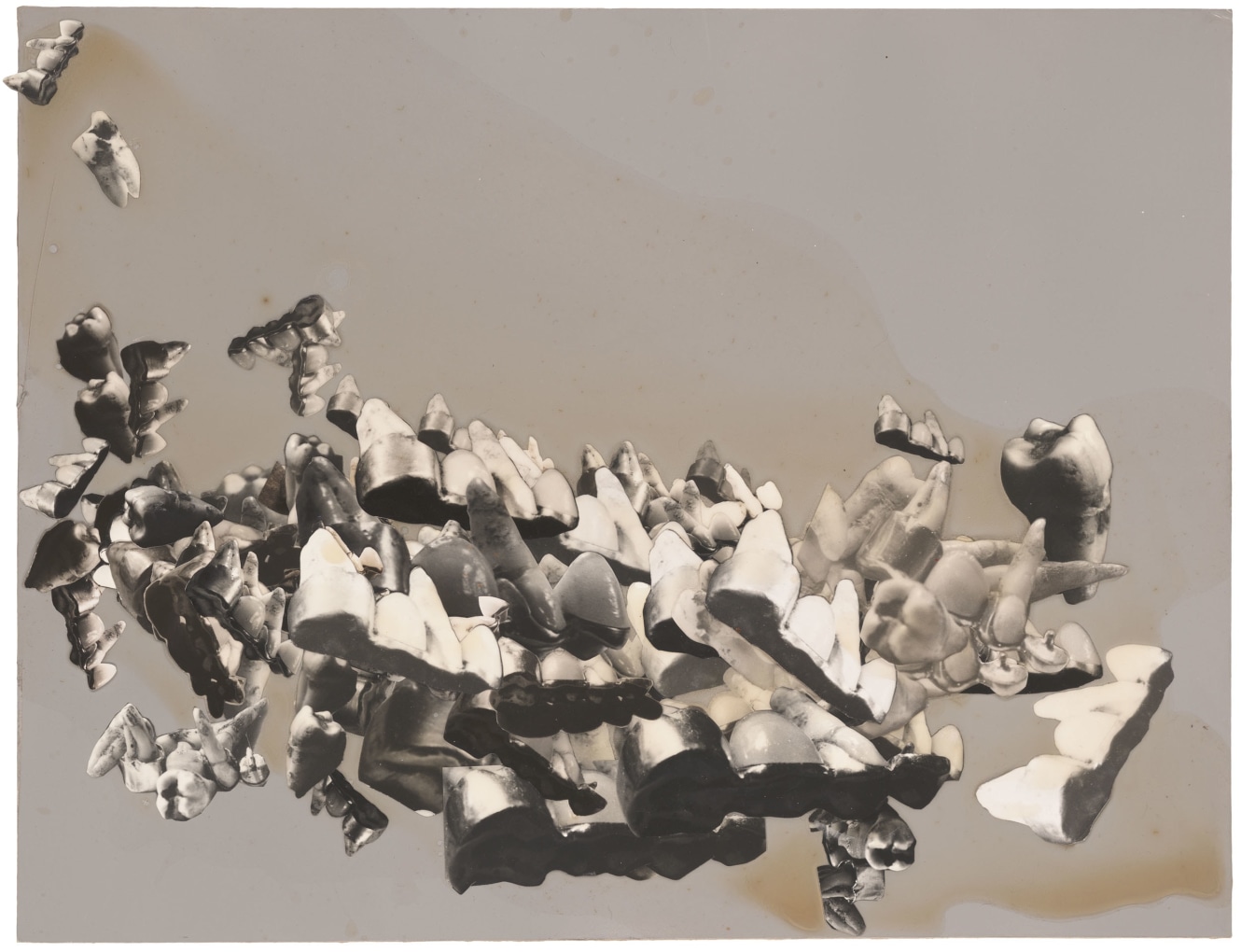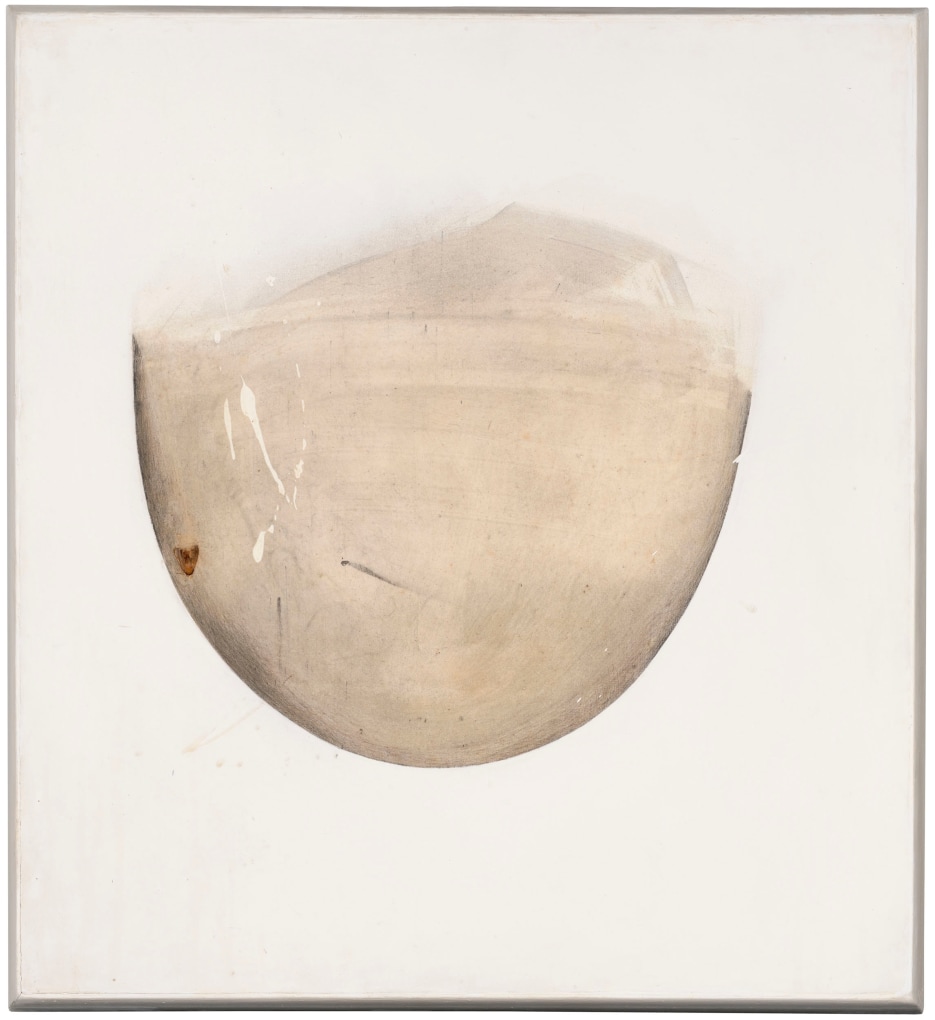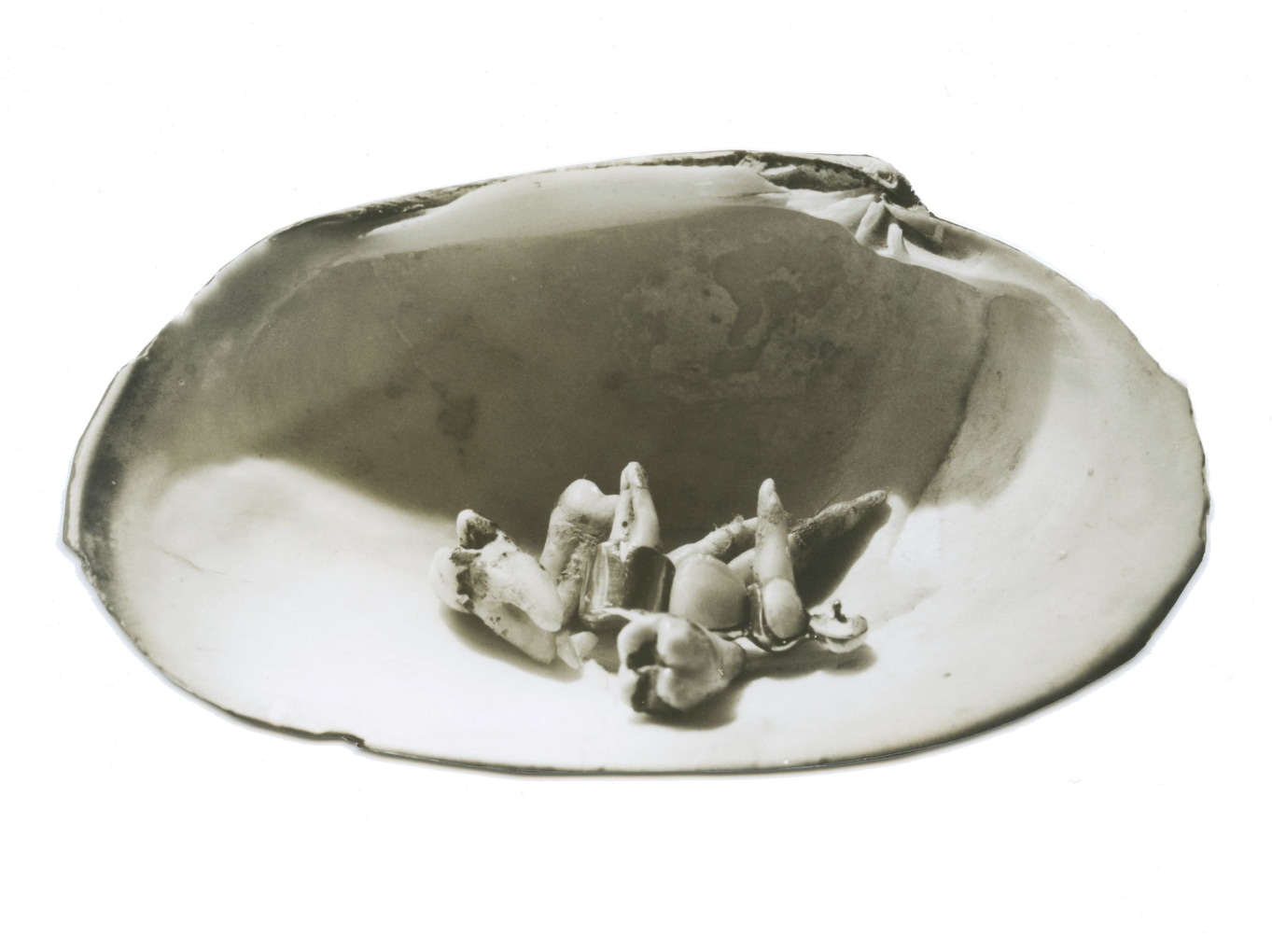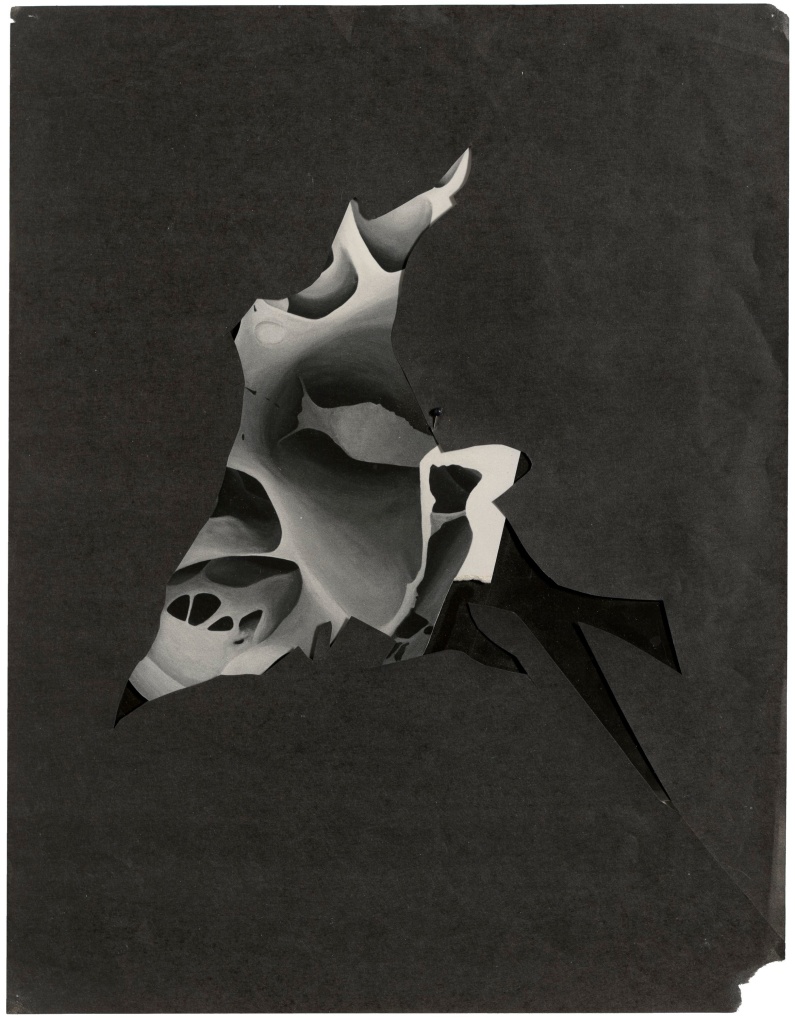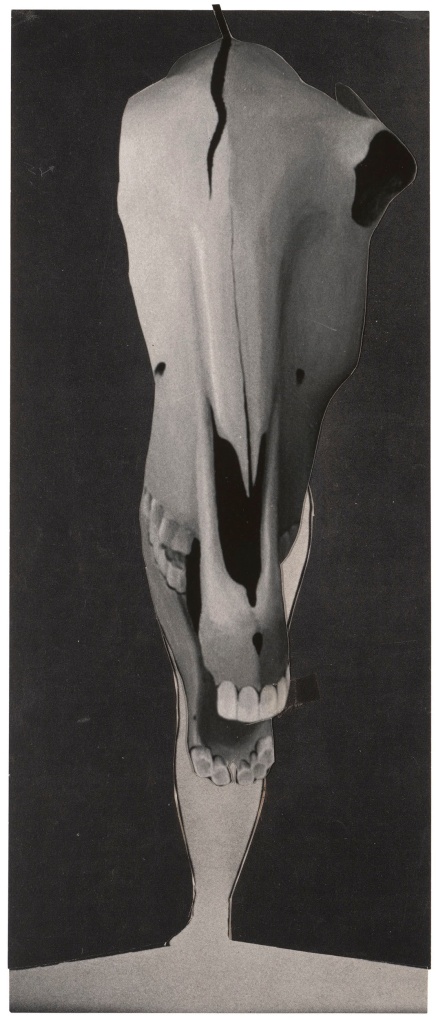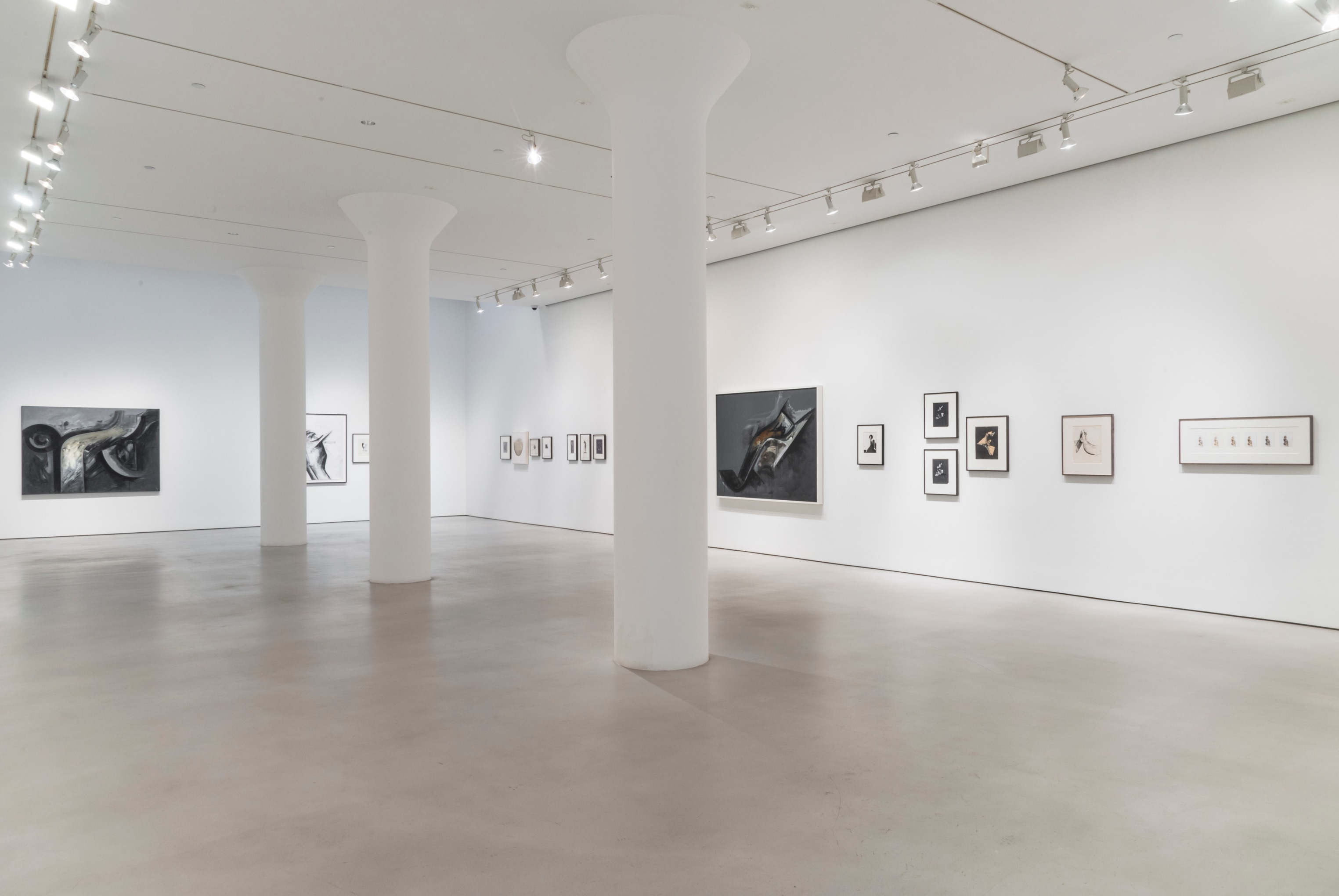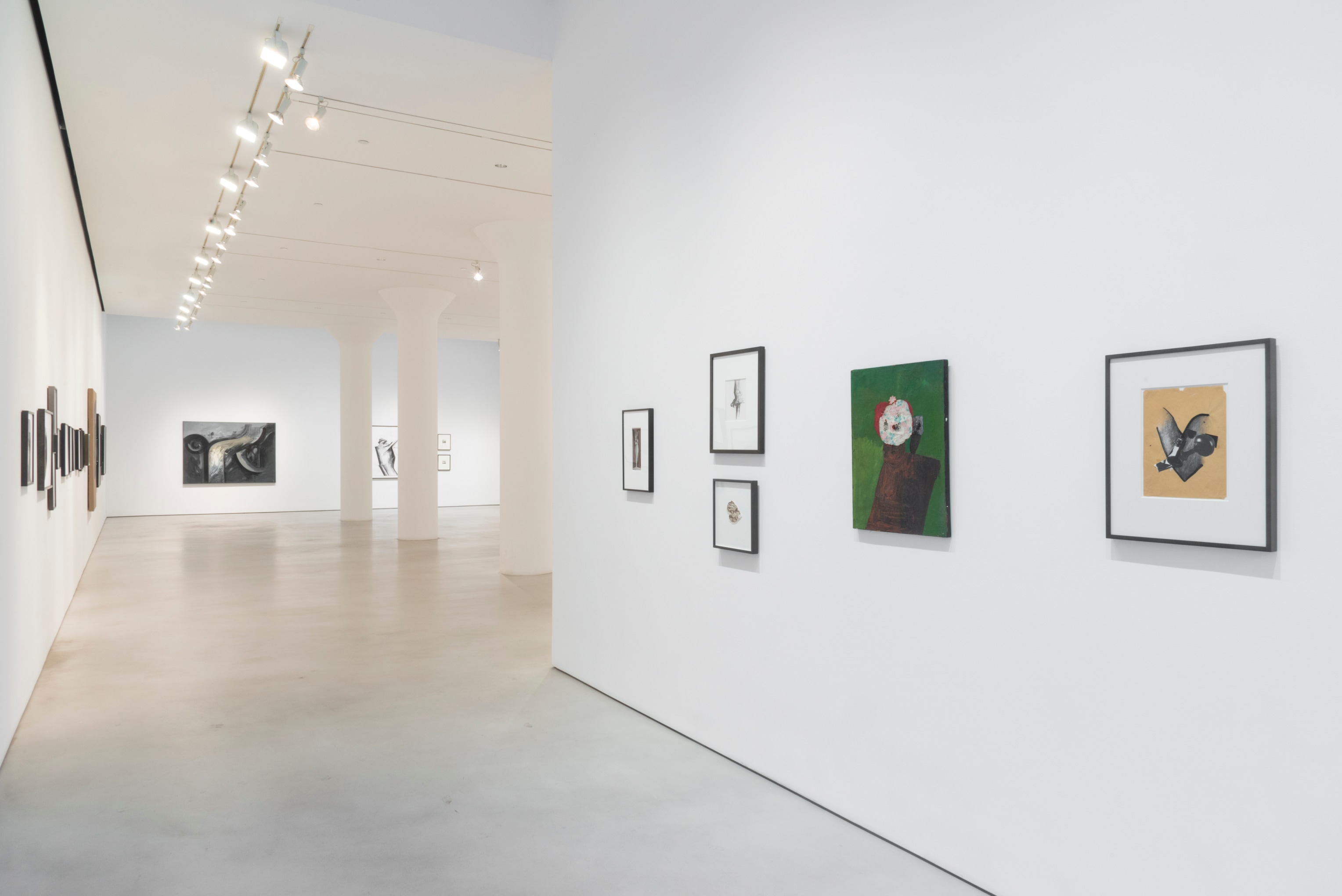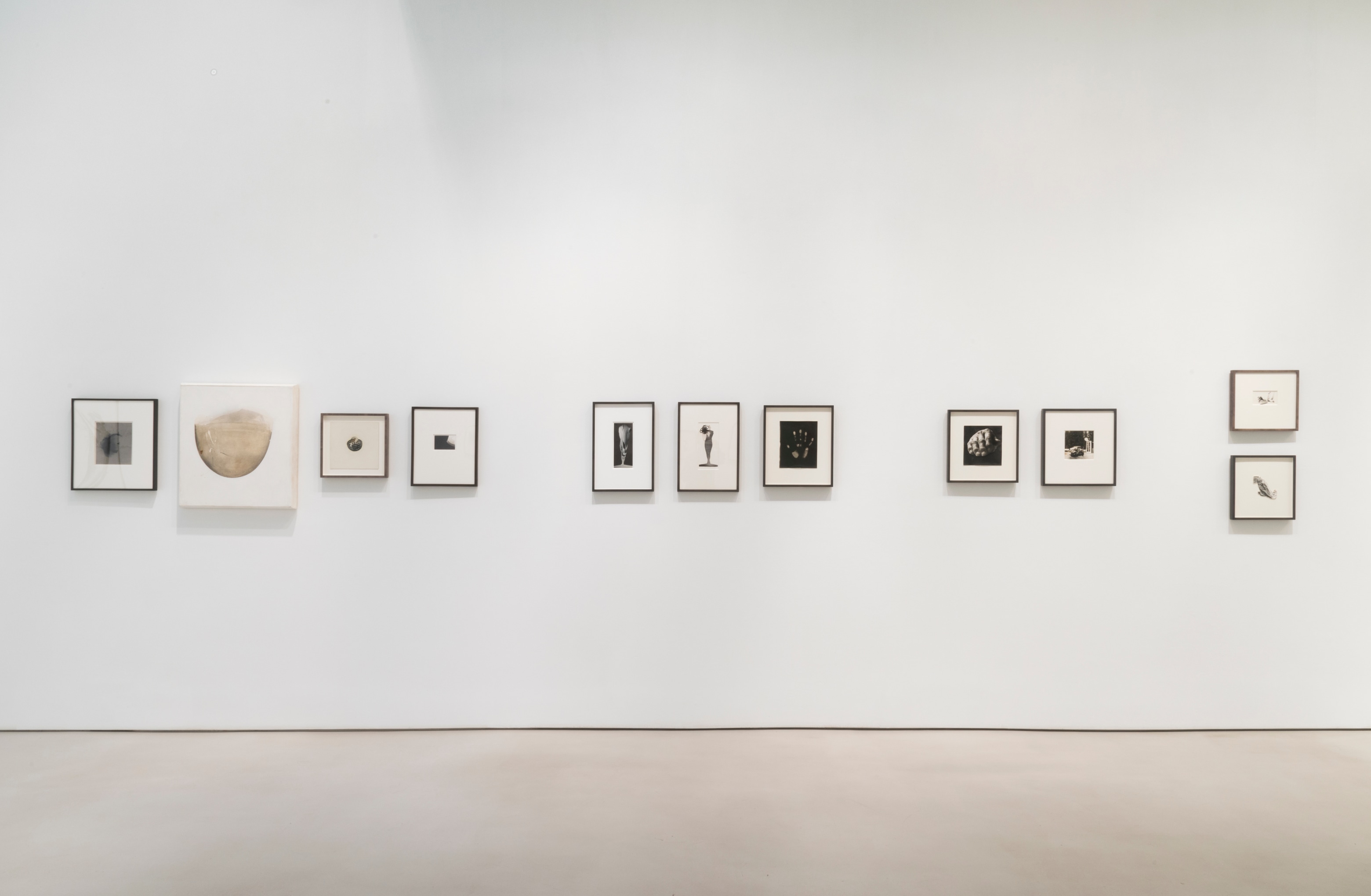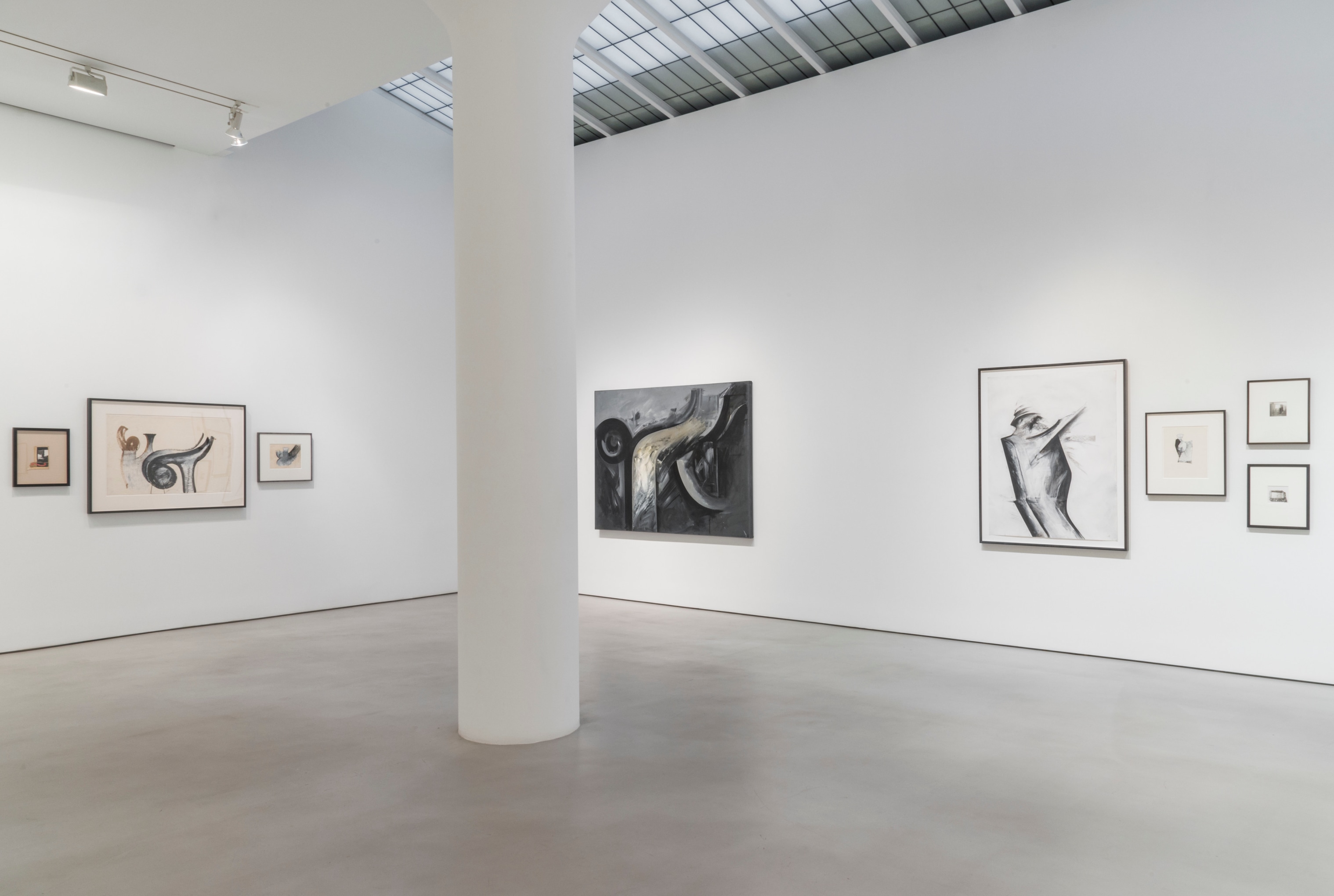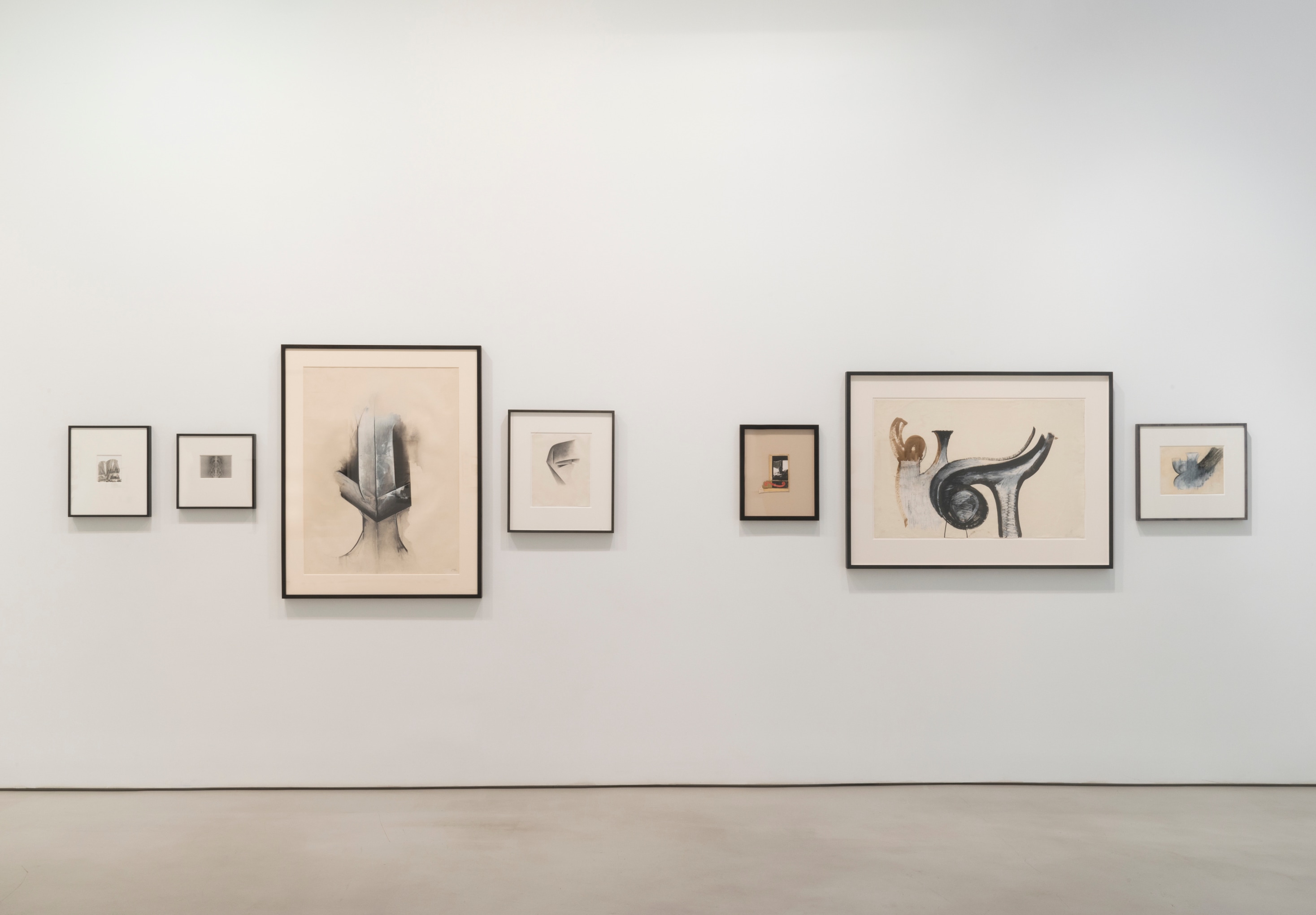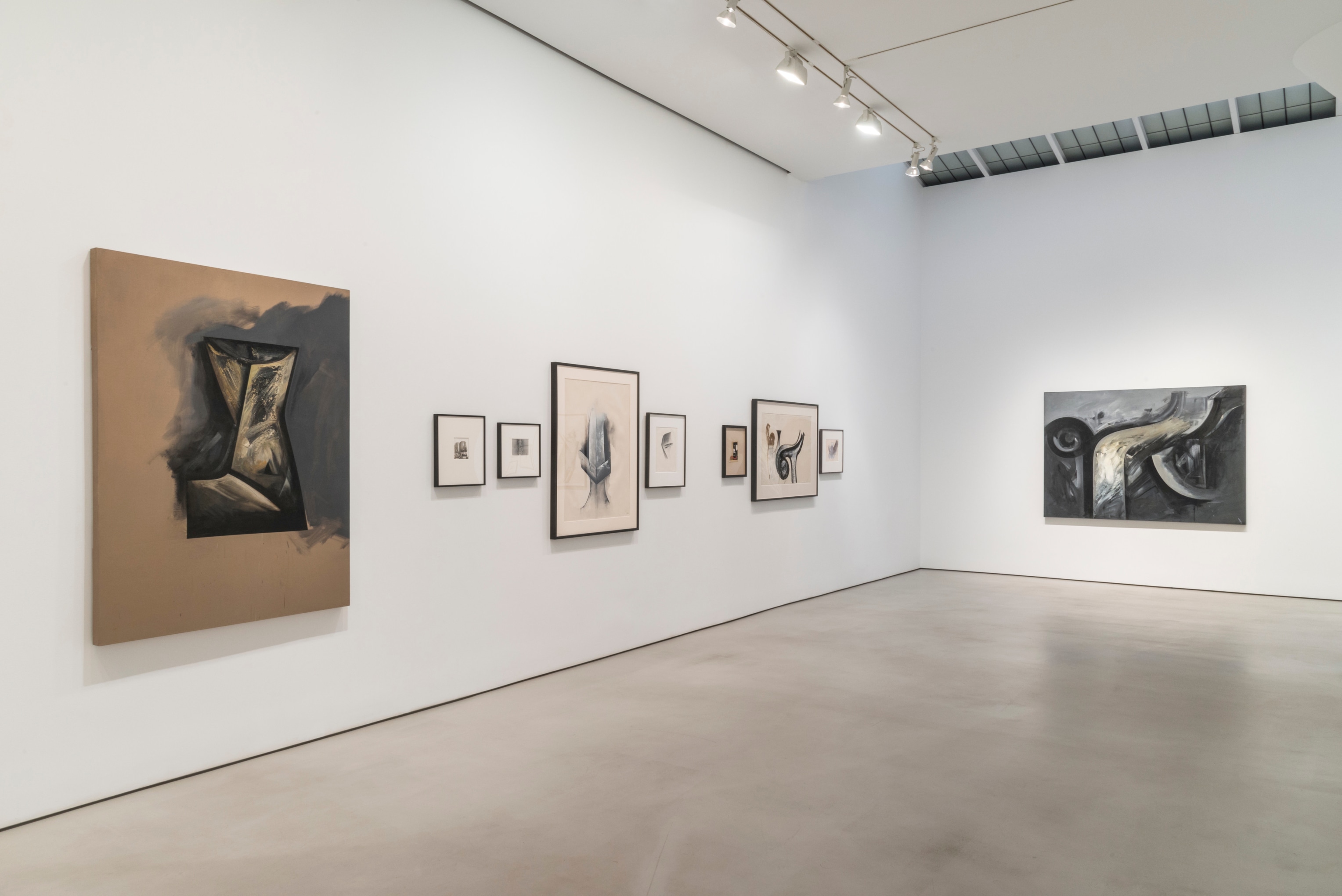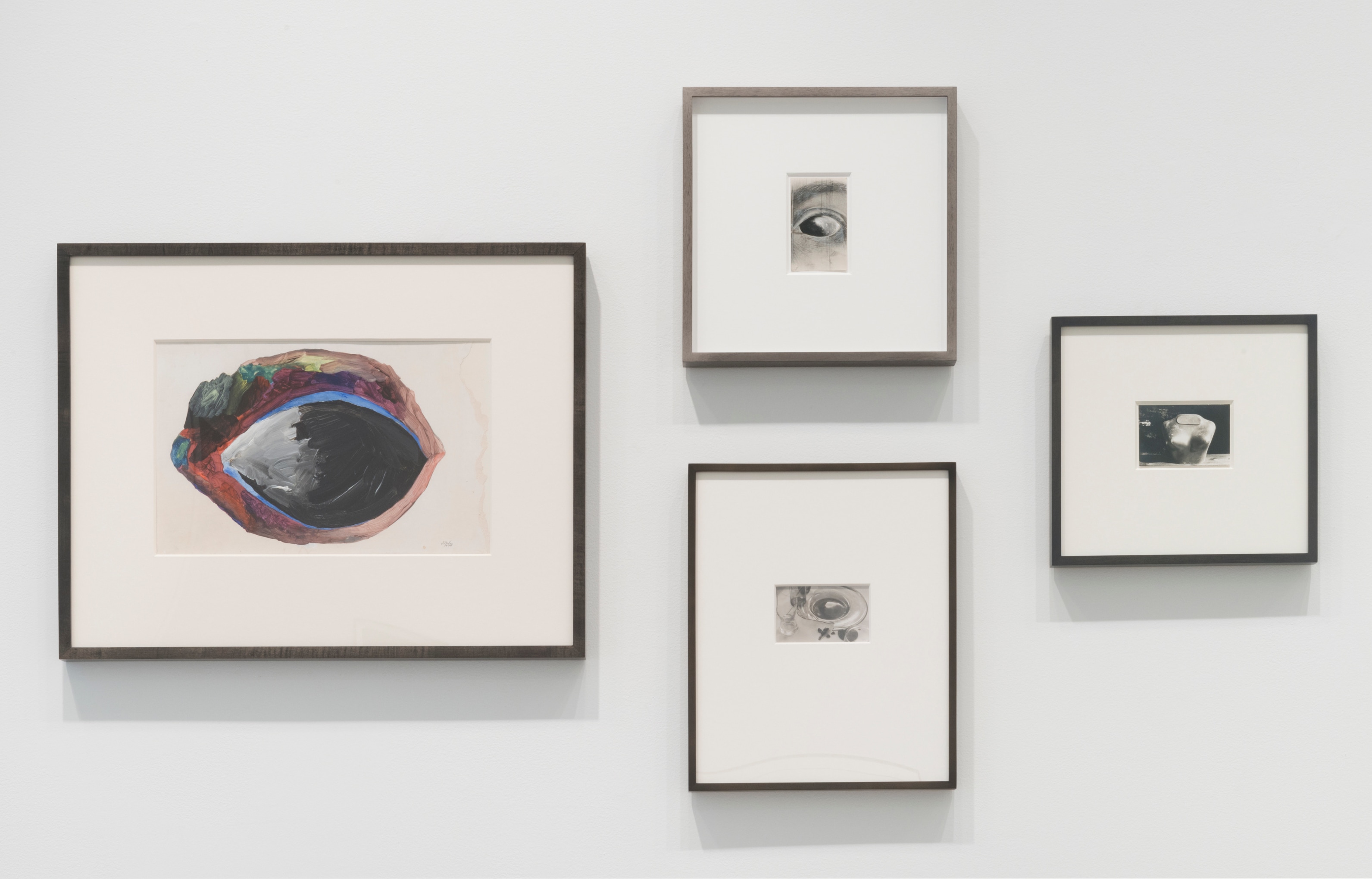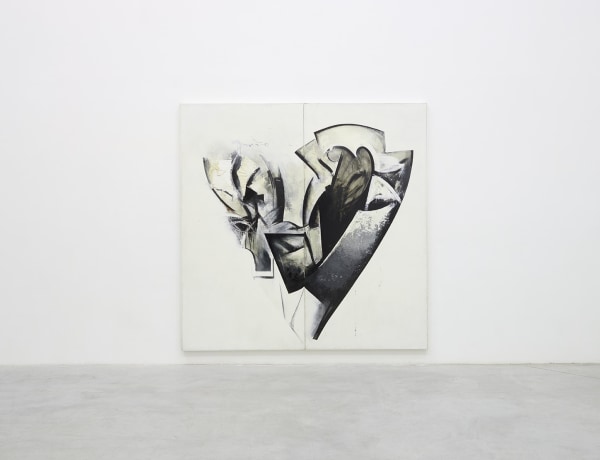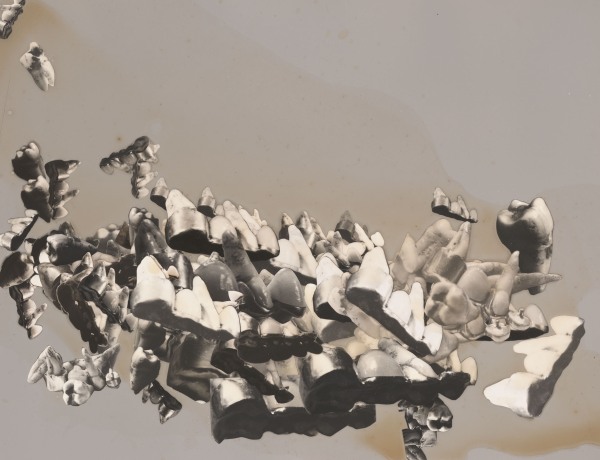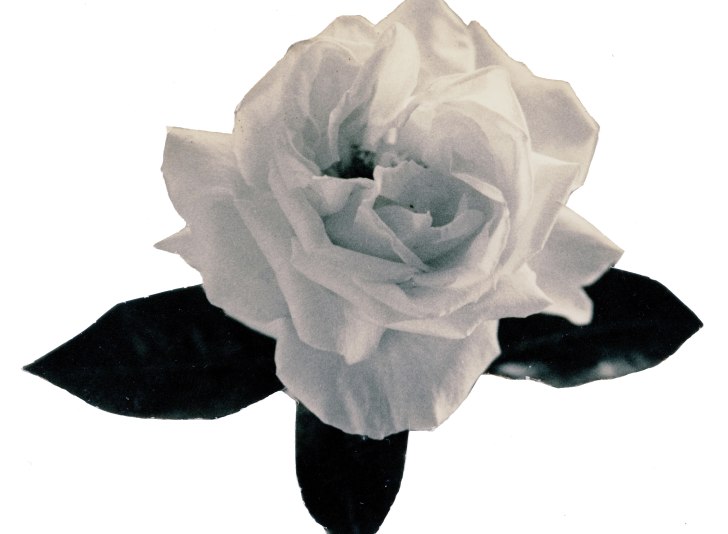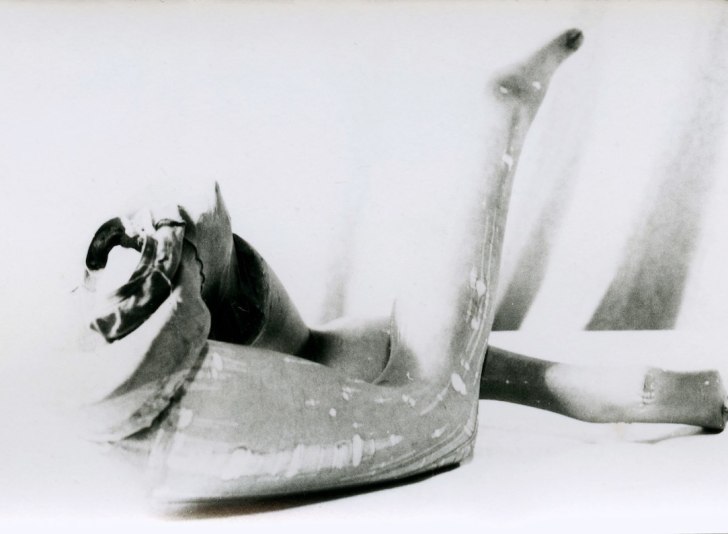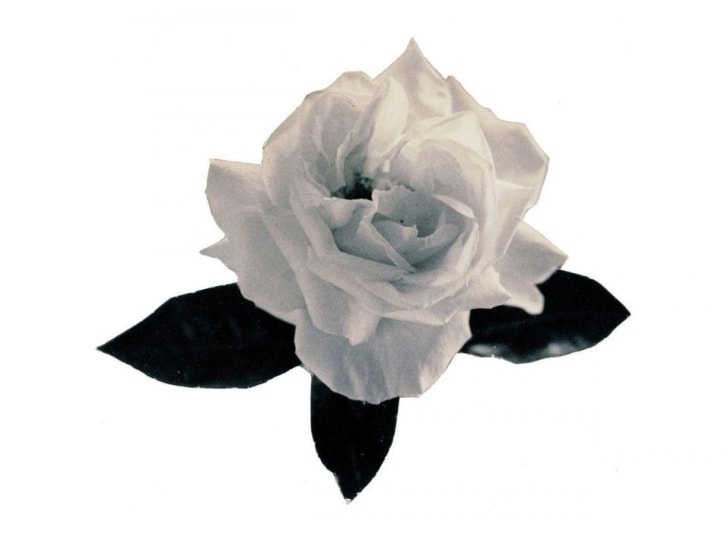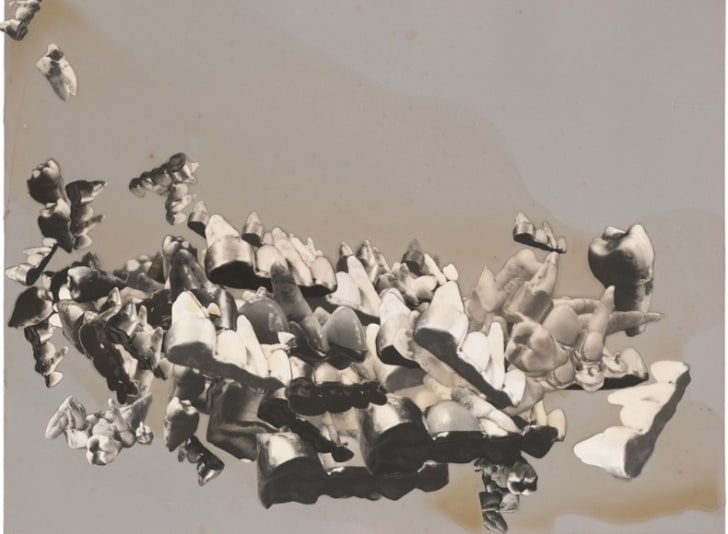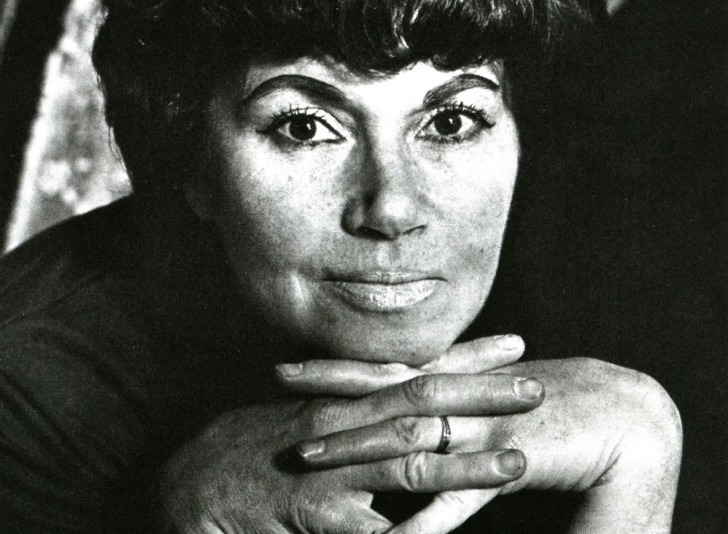Mitchell-Innes & Nash is pleased to announce Outrageous Fortune: Jay DeFeo and Surrealism, on view at our Chelsea gallery at 534 West 26th Street from March 1 through April 7, 2018. Outrageous Fortune features over seventy key works by DeFeo spanning three decades, from 1955 to 1986. It is the gallery’s second solo exhibition of the artist’s work and will run concurrently with a major survey of her work, Jay DeFeo: The Ripple Effect, at Le Consortium in Dijon, France. Please join us for an opening reception on Thursday, March 1 from 6 to 8 pm at 534 West 26th Street.
Focusing on elements of chance, play and the marvelous in DeFeo’s work, the exhibition brings together paintings, photographs, collages and works on paper to reveal how DeFeo’s art often aligns with Surrealist attitudes. DeFeo was especially fascinated by the anthropomorphic potential of mechanical objects, presenting a photographed vacuum cleaner or tripod as an almost alive creature.
Like the Dadaists and Surrealists, DeFeo was intrigued by what she called an “enigmatic figurative reference.” In her 1955 painting Landscape with Figure, the title defies the traditional reading of a vase of daisies as a still life and asserts its “bodily” presence. This use of symbolic emblems for the human figure is a recurring theme in her work, playing off the idiosyncrasies of the everyday.
In some works, such as White Knight, an acrylic and charcoal work on paper from 1977, the body is subtly implied through visual synecdoche. Here, the reference to a helmet suggests not simply a face, but the figure lying beneath, while also evoking some strange hybrid being. An abstract, delicate 1981 graphite drawing from the Minnie series 1981, takes on a veiled presence, bringing to mind an elusive, possibly concealed face.
DeFeo’s photo-based works are often more direct in their references to the body. For Traveling Portrait (Chance Landscape), a photo collage from 1973, she gathered dozens of carefully cut photographs of her teeth on a paperboard backing and allowed them to move on a wet adhesive into a random composition. In the strangeness of its imagery and its use of chance operations, this work seems clearly linked to Dada and Surrealist strategies—including the pun of the title.
In other photo collages, DeFeo appropriated imagery from Bruce Conner’s “Angel” series, specifically from an invitation to a 1975 exhibition of his work. In this series, DeFeo superimposed various cut photographs on Conner’s “Angels”—figures resembling marble caryatids—and, in doing so, conflated machine and body.
Throughout her career DeFeo’s interest in juxtaposing forms, intermixing traditional genres and experimenting with chance reveals a personal version of a Surrealist sensibility. Her chemigrams are perhaps the most salient example of this. Using chemicals to “paint” on photo-sensitive paper, she created a 1973 series titled Salvador Dalí’s Birthday Party, which she described as resembling “hand-painted dream photographs.”
The title of the exhibition, taken from Hamlet’s famous soliloquy, captures DeFeo’s openness to the vagaries of chance in her work. She once quoted the line “the slings and arrows of outrageous fortune” to describe accidents that befell her 1958 drawing The Eyes, now in the collection of the Whitney Museum of American Art. Unintended cracks and tearing in The Eyes became, in DeFeo’s words, “part of the piece, like the crack in Duchamp’s Glass.”
“Jay DeFeo utilized chance and frequently considered herself lucky when accident intervened in her work,” said Dana Miller, who contributed an essay to a fully illustrated catalogue that accompanies the exhibition. Ms. Miller curated Jay DeFeo: A Retrospective (2013) at the Whitney Museum of American Art. “The Surrealists viewed life as a succession of unpredictable shocks and provided a model for chancing the ridiculous. DeFeo took enormous chances throughout her career by changing media, shifting styles, and deviating beyond the usual bounds of scale, efficiency, practicality, or propriety.”


